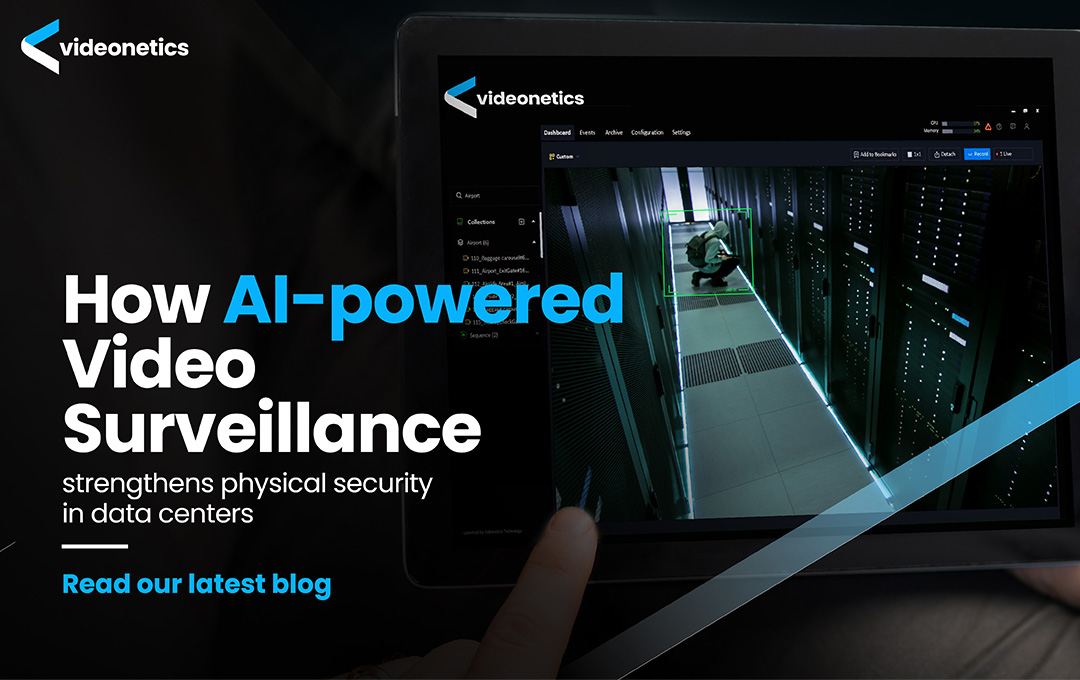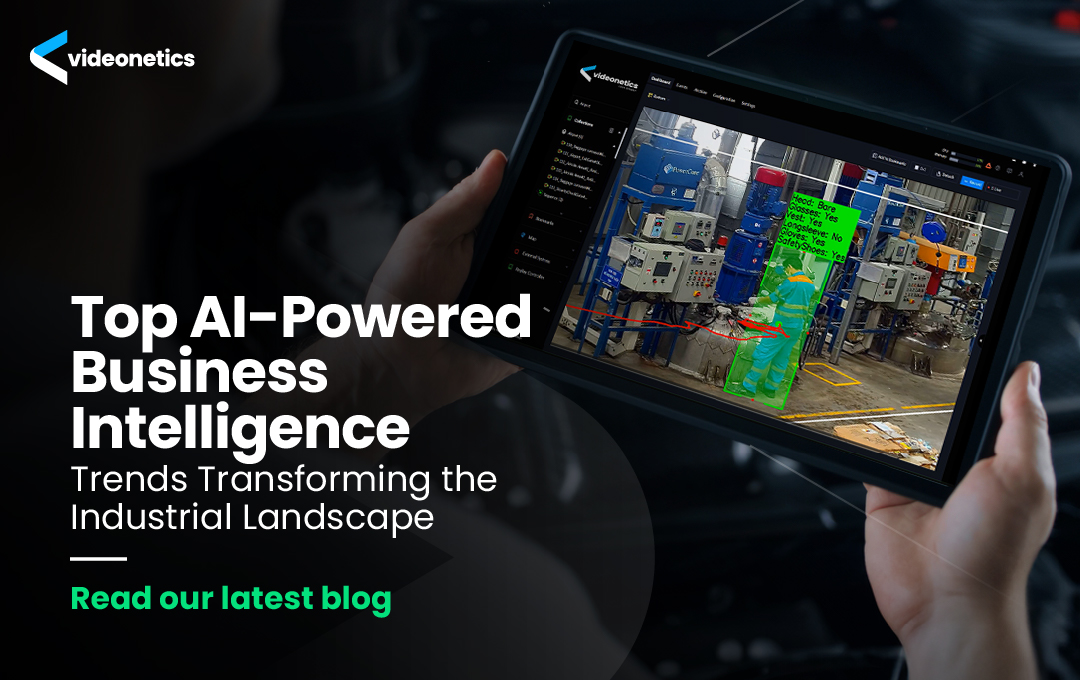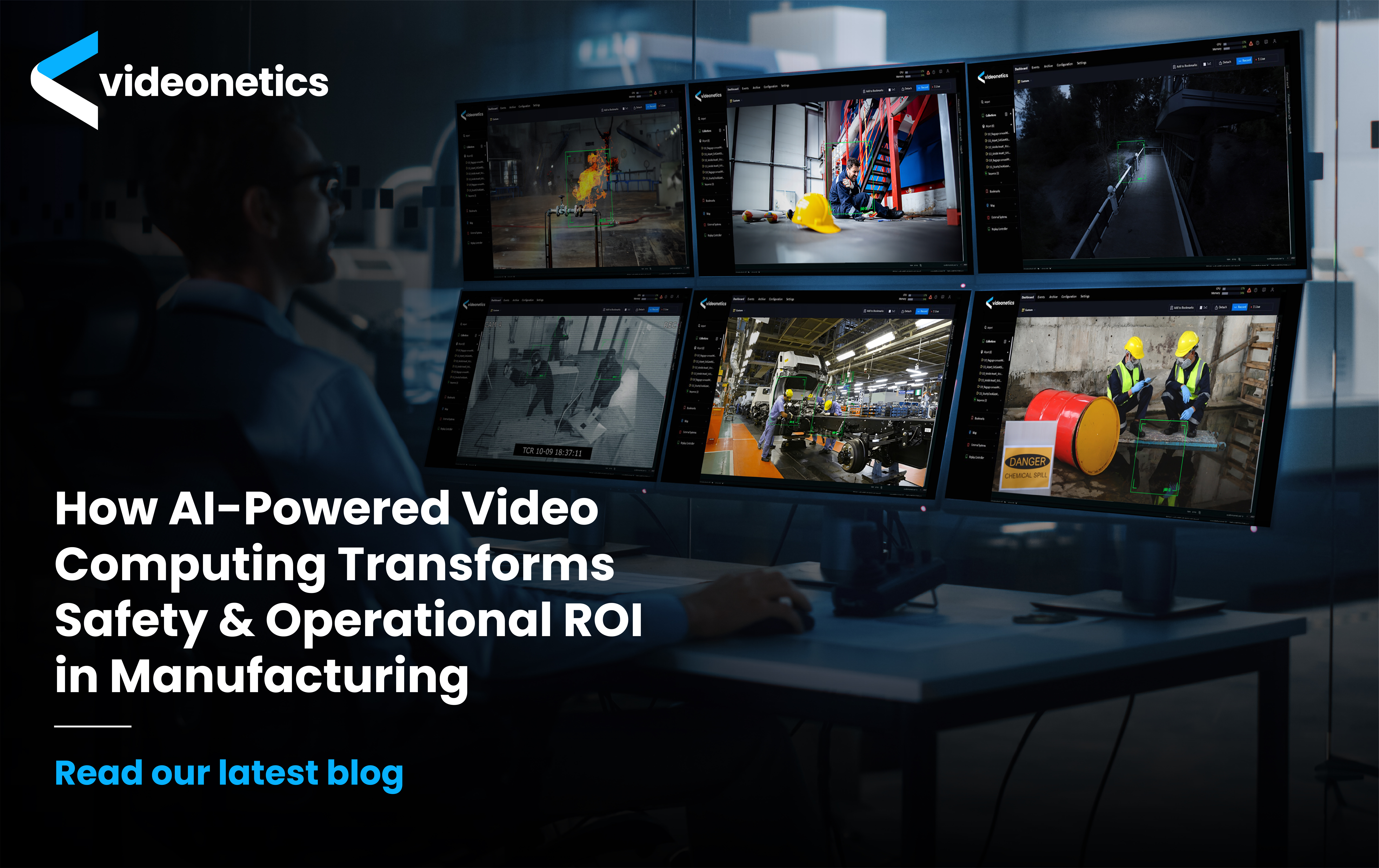Real-World Applications of Video Management & Video Analytics in Highways: A Game-Changer with Videonetics' Intelligent Traffic Management System
, Technology-min-(1)-min-min-1690552234.jpg)
It is an indisputable fact that the rate of urbanisation is intricately connected with the economic prowess of a country. While popular discourse would lead us to believe that the relationship between the two is directly proportional due to economies of scale, in reality, the two share a complex, non-linear bond. It is simply because as the rate of urbanisation increases, it also puts the existing infrastructure under pressure. Therefore, for cities to continue being the engines of growth, the quality of urbanisation, in particular the infrastructure, is paramount.
An important aspect of infrastructure development is transit infrastructure. A robust transit network that fosters intercity connectivity is the defining feature of a modern economy, with a highly efficient network of highways being a ubiquitous feature. Not only do highways empower individuals with personal mobility, but they are also a must to maintain a competitive edge in the contemporary fast-paced business economy, where the expediency of travel is a necessity.
Why the Need for Highway Traffic Management Systems?
One important fact that seems to have always been left out of the conversation is how traditional traffic management systems are falling short of managing increased urban mobility. Reports from Inrix states how an average American lost 36 hours in 2021 due to congestion, costing $564 in wasted time. It translates into approximately 3.4 Billion Hours of lost time in total by Americans due to congestion in 2021. Further, according to the World Health Organisation, road traffic crashes cause approximately 1.3 million fatalities globally every year, with 20 to 50 million people suffering non-fatal injuries.
In Europe, the vast majority of the land freight is road-based. In 2021, 13.65 billion tons of goods were transported in the 27 EU states. Worldwide, the cargo movement by road accounts for the 2nd most used mode of transport after sea.
In light of this, it is evident that a revaluation of the existing traffic strategies and the adoption of innovative technology to solve the crisis are the needs of the hour. It is here that smart traffic management systems can play a huge role. In fact, research by Juniper suggests that smart traffic management systems could save cities $277 billion by 2025.
How Videonetics is changing the game?
While traditional traffic management systems struggle to cope with increased urban mobility, resulting in congestion, accidents, and inefficiencies, Videonetics' Intelligent Traffic Management System (ITMS), powered by AI, is designed to address these challenges on highways & freeways. ITMS revolutionises traffic control with features such as real-time processing for generating actionable information & insights, seamless integration with police databases, and other applications for enhanced traffic monitoring and management.
However, before we delve into its intricacies and advantages, what do we mean by video management and analytics? Video analytics simply refers to the application of computer vision and artificial intelligence algorithms to process and analyse video footage. This technology has opened up a multitude of opportunities to enhance highway traffic management, improve safety measures, and optimise traffic flow. In this blog, we will explore some of the real-world applications of video analytics in highways and the benefits they offer, with a special focus on how Videonetics' ITMS has been a game-changer in this domain.
Traffic Monitoring and Management:
Incident Detection and Response:
Vehicle and Licence Plate Recognition:
Behavioural Analysis:
One of the primary applications of video analytics on highways is traffic monitoring and management. Videonetics' ITMS goes beyond traditional traffic surveillance by integrating with other components of the ecosystem and police databases, to provide real-time processing capabilities. This allows authorities to gather accurate and up-to-date information on traffic patterns, vehicle density, and congestion levels. By analysing this data, ITMS can identify traffic bottlenecks, predict congestion, and offer alternative routes to drivers. The seamless integration of ITMS with other applications further enhances traffic management efforts.
Videonetics' ITMS plays a crucial role in incident detection and response on highways. By leveraging advanced video analytics algorithms, ITMS can automatically detect incidents such as accidents, breakdowns, or road hazards. Real-time analysis of video feeds enables immediate alerts to authorities, leading to faster response times from emergency services. The integration with other ITMS applications allows for efficient post-incident analysis by providing detailed footage that aids in determining the cause and liability of accidents.
Videonetics' Intelligent Traffic Management System (ITMS) offers a powerful vehicle and licence plate recognition capability that proves highly beneficial on highways. By utilising advanced video analytics technology, ITMS can accurately track and identify vehicles in real-time, leading to several advantages in highway management.
Toll collection is a significant aspect of highway operations, and ITMS simplifies the process by automating vehicle recognition. With precise licence plate recognition, ITMS enables automated toll systems to identify vehicles and deduct toll fees electronically, reducing the need for manual intervention and streamlining traffic flow at toll booths.
Moreover, in terms of law enforcement on highways, Videonetics' ITMS equips authorities with a powerful tool for automatic licence plate recognition. This enables efficient identification of stolen vehicles, tracking of vehicles involved in criminal activities, and enforcement of traffic regulations. By integrating with law enforcement databases, ITMS enhances the capabilities of authorities to detect and respond to incidents promptly, ensuring public safety and maintaining law and order on highways.
Enhancing road safety is a top priority, and Videonetics' ITMS plays a vital role in achieving this goal. Through continuous monitoring of video feeds, ITMS employs advanced algorithms to detect aggressive driving, lane departure, and drivers not wearing seat belts or using mobile phones while driving. By alerting the authorities of such hazardous drivers, ITMS contributes to accident prevention and reduces the likelihood of human error, thereby enhancing the overall driving experience and increasing road safety.
Conclusion:
In conclusion, video analytics is a powerful tool that can help improve highway management, safety, and efficiency. Videonetics' AI Powered ITMS is a game-changer in this domain, as it offers a comprehensive suite of applications that can address several challenges. By leveraging advanced artificial intelligence powered video analytics technology, ITMS can help to improve traffic monitoring and management, detect incidents and respond quickly, track and identify vehicles, and analyse traffic behaviour. As technology continues to evolve, the potential for further innovative applications of video analytics on highways is vast.





Post a comment
Your email address will not be published.